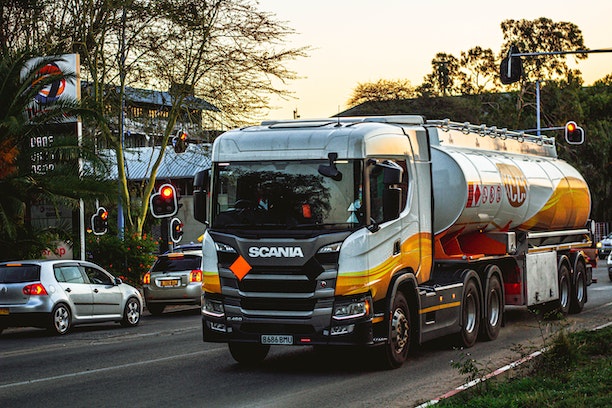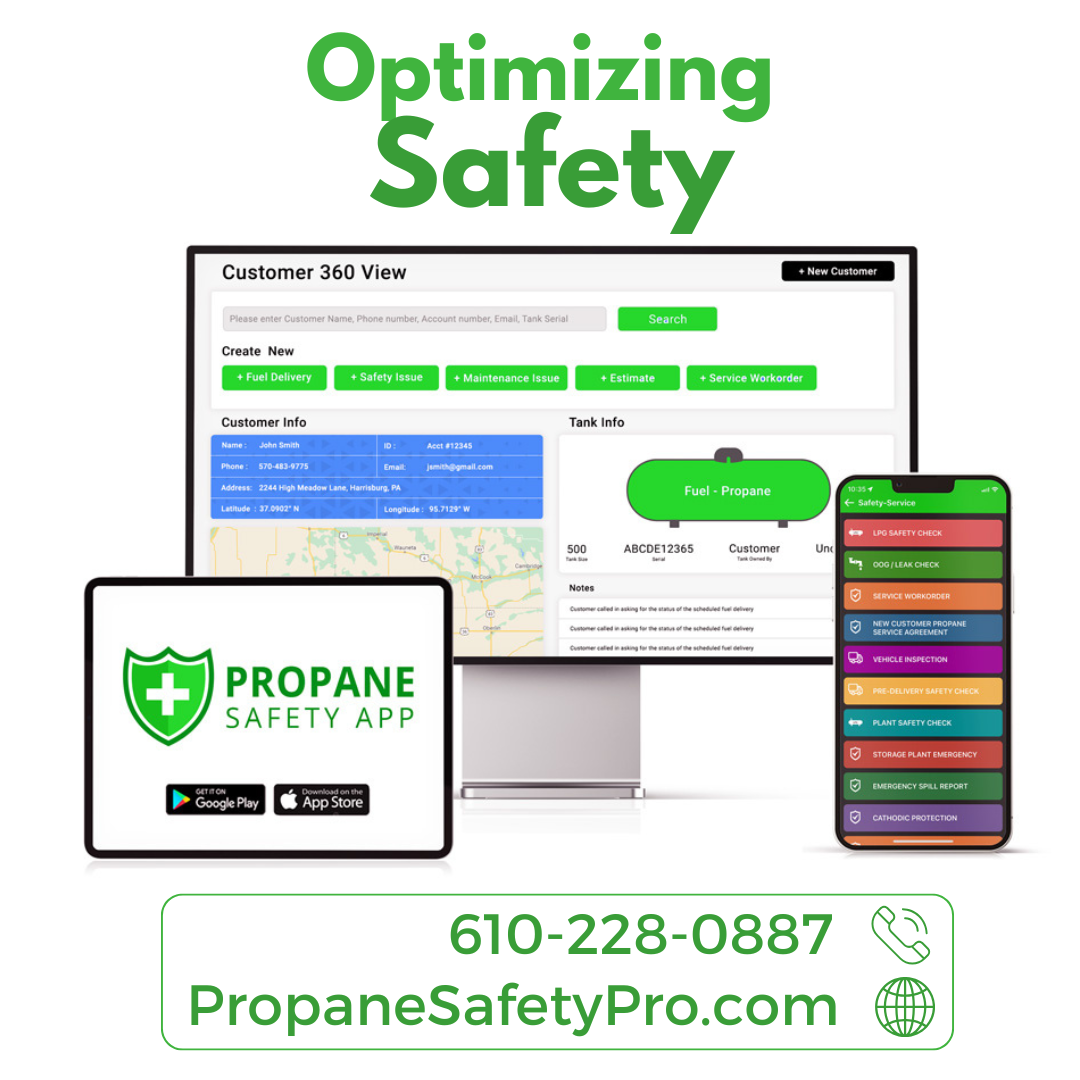Harnessing Video Technology: Paving the Way for Safer Roads

In recent years, technological advancements have changed our world in profound ways. From smartphones to artificial intelligence, we’ve seen transformative innovations make their way into every sector. One of the areas where technology promises substantial improvement is driver safety. More specifically, video technology has emerged as a tool with immense potential in this domain.
1.Enhanced Visibility with Dash Cams
Dash cams have become more prevalent in vehicles over the past decade. Not only do they record potential incidents or accidents for insurance or legal purposes, but they also serve as a proactive deterrent for irresponsible driving. When drivers are aware that they’re being recorded, they tend to exercise more caution. Furthermore, features such as night vision ensure that drivers can record incidents even in low-light conditions, ensuring a clear record of events.
2. Advanced Driver Assistance Systems (ADAS)
One of the groundbreaking uses of video technology in vehicles is the Advanced Driver Assistance Systems. These systems use cameras and sensors to analyze the surroundings and offer real-time feedback to the driver. For instance, lane departure warnings, forward-collision alerts, and pedestrian detection are all part of ADAS. These systems essentially provide an extra set of “eyes” that continuously monitor the environment and alert drivers to potential dangers.
3. Blind Spot Detection
Blind spots have always been a challenge for drivers, especially those driving larger vehicles. Video technology has addressed this issue through blind spot detection systems. Cameras placed on both sides of a vehicle offer a live feed to the driver, ensuring that they are always aware of what’s beside them. This technology can be crucial in preventing side-swipe accidents and ensuring safer lane changes.
4. Rearview Cameras
Though it might seem basic now, the introduction of rearview cameras has revolutionized parking and reversing maneuvers. These cameras have significantly reduced the chances of backover accidents by offering a clear view of what’s behind a vehicle. Moreover, integrating dynamic guidelines in the video feed helps drivers gauge distances better, making parking in tight spots easier and safer.
5. Driver Monitoring Systems
One of the recent developments in the realm of video technology for vehicular safety is driver monitoring systems. Cameras focused on the driver analyze eye movements, facial expressions, and head positioning to determine the driver’s level of attention. If signs of drowsiness or distraction are detected, the system sends alerts urging the driver to refocus or take a break. This technology is a significant leap in preventing accidents due to fatigue or inattention.
6. Continuous Evolution and Integration with AIWhile video technology has already made commendable strides in driver safety, its integration with artificial intelligence takes it to another level. With AI, the video feeds from vehicle cameras can be analyzed in real-time, making predictions and drawing attention to potential hazards even before they become immediately obvious to the driver.










